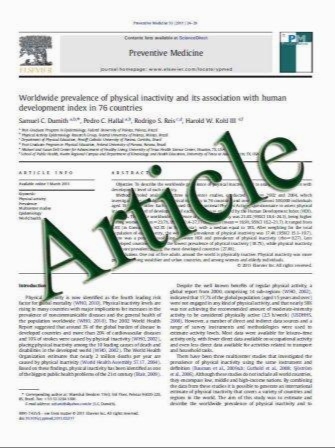Co-expression of AaPMT and AaTRI effectively enhances the yields of tropane alkaloids in Anisodus acutangulus hairy roots
- نوع فایل : کتاب
- زبان : انگلیسی
- مؤلف : Guoyin Kai (gykai@yahoo.com.cn) Sheng Yang (yunfeiyangaini@126.com) Xiuqin Luo (xiuqinluo@163.com) Wentao Zhou (zhou_wentao@163.com) Xueqing Fu (s
- چاپ و سال / کشور: 2011
Description
Tropane alkaloids (TA) including anisodamine, anisodine, hyoscyamine and scopolamine are a group of important anticholinergic drugs with rapidly increasing market demand, so it is significant to improve TA production by biotechnological approaches. Putrescine N-methyltransferase (PMT) was considered as the first rate-limiting upstream enzyme while tropinone reductase I (TRI) was an important branch-controlling enzyme involved in TA biosynthesis. However, there is no report on simultaneous introduction of PMT and TRI genes into any TA-producing plant including Anisodus acutangulus (A. acutangulus), which is a Solanaceous perennial plant that is endemic to China and is an attractive resource plant for production of TA. Results In this study, 21 AaPMT and AaTRI double gene transformed lines (PT lines), 9 AaPMT single gene transformed lines (P lines) and 5 AaTRI single gene transformed lines (T lines) were generated. RT-PCR and real-time fluorescence quantitative analysis results revealed that total AaPMT (AaPMT T) and total AaTRI (AaTRI T) gene transcripts in transgenic PT, P and T lines showed higher expression levels than did native AaPMT (AaPMT E) and AaTRI (AaTRI E) gene transcripts. As compared to the control and single gene transformed lines (P or T lines), PT transgenic hairy root lines produced significantly higher levels of TA. The highest yield of TA was detected as 8.104 mg/g dw in line PT18, which was 8.66, 4.04, and 3.11-times higher than those of the control (0.935 mg/g dw), P3 (highest in P lines, 2.004 mg/g dw) and T12 (highest in T lines, 2.604 mg/g dw), respectively. All the tested samples were found to possess strong radical scavenging capacity, which were similar to control.
BMC Biotechnology 2011, 11:43 doi:10.1186/1472-6750-11-43 ISSN 1472-6750 Article type Research article Submission date 16 October 2010 Acceptance date 28 April 2011 Publication date 28 April 2011


